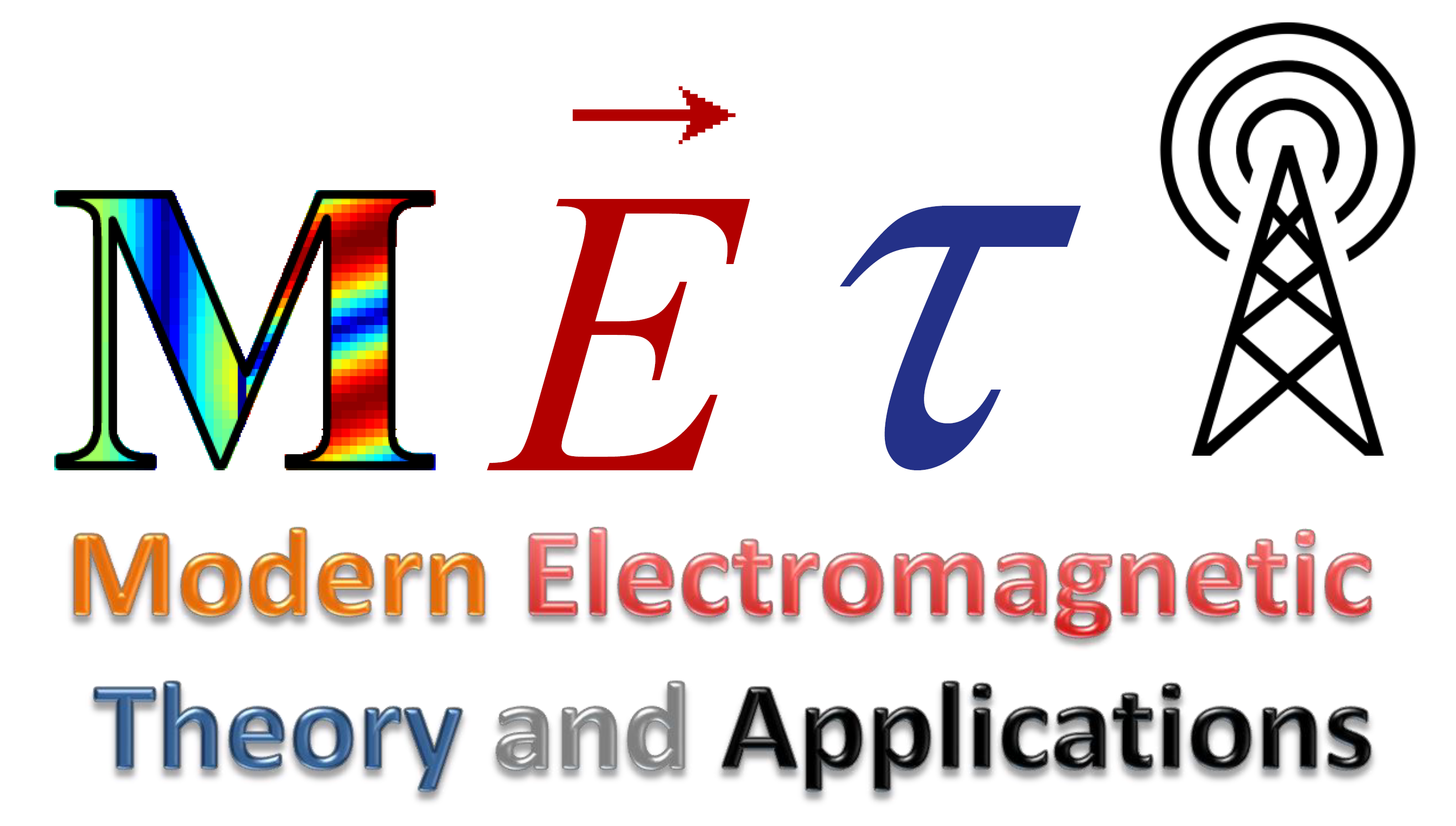Metasurfaces are slabs of subwavelength thickness containing subwavelength in-plane features (meta-atoms) that are used to realize a desirable functionality by local modification of the interaction between the slab and incident electromagnetic fields. Due to the subwavelength thickness, this interaction can be well modelled by equivalent surface boundary conditions, dictated by the metasurface implementation.
In recent years, such structures have attracted significant attention due to their potential to provide excellent control on properties of transmitted or reflected fields, such as directivity, polarization and orbital angular momentum, with low-profile conformal devices. The recently proposed concept of Huygens metasurfaces (HMS) utilizes collocated orthogonal electric and magnetic polarizable elements, which, in principle, can generate arbitrary field distributions for a given incident field, following the equivalence principle.
For detailed information on Huygens’ metasurfaces, how to properly design them, and their potential applications, please refer to our invited review.
Passive lossless Huygens’ metasurfaces excited by localized sources
The first Huygens’ metasurfaces (HMS) were designed to be excited by an incident beam or plane-wave. However, for many practical scenarios, excitation with a localized source (e.g. a line source or a dipole) is highly desirable. Another challenge for HMS synthesis is that utilization of the equivalence principle naively usually yields HMS designs with lossy or active components, manifested as real parts of the surface electric and magnetic impedance functions.
We have addressed these two issues in our report, where we have systematically formulated a semianalytical design procedure for Huygens’ metasurfaces converting arbitrary source fields to directive radiation. Our derivation reveals that two physical conditions are sufficient to ensure passive and lossless design: local power conservation across the metasurface, and local equalization of the wave-impedance on its two facets. The former requirement means that the transmitted field magnitude follows the incident field profile, while the latter indicates that Fresnel reflection dictates the nature of the reflected fields.

The derivation is made general by expressing the fields via their plane-wave spectrum, and thus is applicable to any excitation configuration which is transversely uniform (e.g., any arrangement of sources in stratified media). This enables engineering the source illumination of the HMS such that a rather uniform virtual aperture is formed, yielding high directivity.
Floquet-Bloch analysis of refracting Huygens’ metasurfaces
Huygens’ metasurfaces (HMS) are designed via the equivalence principle to implement a given field transformation. In other words, for a given incident, reflected, and transmitted fields, the suitable electric and magnetic surface impedance to support the field discontinuity are derived and realized to achieve the desirable functionality. Although the metasurface is designed for a certain source field in mind, it was found experimentally that it continues to function well even when the excitation deviates from the designated one.
We have set out to investigate this observation in a rigorous manner, for the most basic beam-forming Huygens’ metasurfaces, namely, the ones which implement engineered refraction. Such metasurfaces refract a plane wave incident at a given input angle θin towards a desirable output angle θout, and are characterized with a periodic electric surface impedance and magnetic surface admittance which follow a cotangent modulation. By conducting a rigorous Floquet-Bloch analysis of this structure, we have derived closed-form analytical expressions for the reflected and transmitted fields for arbitrary plane-wave excitation (not necessarily the designated one). These expressions revealed that the scattering off a refracting HMS can be associated with an intriguing ray-optical model, in the frame of which the metasurface can be replaced by a virtual (zero-thickness) region in which waves can only propagate at a single angle θout. Incident plane wave incouple to this virtual Fabry-Perot etalon following Fresnel formulas for reflection and transmission, and successively outcouple to higher-order Floquet-Bloch modes.
These observations have two important implications. First, they show that for the designated excitation, only two Floquet-Bloch modes are populated, corresponding to specular reflection and the desirable refraction, while all other modes completely vanish. Second, as the first outcoupling attempt is towards the desirable refraction mode, refraction is dominant over scattering to other directions even for large deviations from the designated angle of incidence (in consistency with previously obtained experimental evidence).
The closed-form expressions also enable the derivation of simple approximated formulas for the refraction efficiency as a function of the angle of incidence and its optimization, as well as incorporation of realistic implementation considerations into the theory. In addition, they allow formulation of ray-optical approach for synthesis and analysis of Huygens’ metasurfaces that can react to multiple excitations, leading to multifunctional devices such as switched-beam lens antennas.




